

We’re here to help! Wild Yards is a completely free website that is 100% dedicated to helping you create a wildlife-friendly, sustainable yard. Read more
WildYards is reader-supported. When you buy a product through a link on our site, we may earn a comission. Every product is independently selected by our (obsessive) editors and our reviews are unbiased and objective. Read more about our mission or our privacy policy.
If you want the best lawn on the block, then you’ve got to get out there and tend to it. Pull weeds, remove mushrooms, set out sprinklers — the whole nine yards. A luxurious, vibrant lawn takes hard work and dedication, but in the end, it’s worth it. One important factor in achieving the perfect lawn is fertilizing. Grass needs certain vitamins and minerals to stay healthy. Using a 16-4-8 fertilizer can enhance your lawn’s performance, and help out the plants in your landscaping and vegetable garden as well.
A 16-4-8 fertilizer contains high levels of nitrogen, making it an appropriate choice for lawns, evergreen trees and shrubs, and certain garden vegetables, like kale. It’s best to apply 16-4-8 in the spring to give plants the minerals they need to kickstart seasonal growth.
What do the numbers in 16-4-8 fertilizer stand for?
The numbers in commercial fertilizers represent the percentages of nitrogen, phosphorous (also called phosphate), and potassium (also called potash) that the fertilizer contains. So 16-4-8 fertilizer has 16% nitrogen, 4% phosphorus, and 8% potassium.
Unlike 13-13-13 and 17-17-17, two N-P-K fertilizers that contain equal percentages of all three minerals, 16-4-8 fertilizer features a higher dose of nitrogen, a low dose of phosphorus, and a moderate dose of potassium. Its high nitrogen content makes it one of the best choices for feeding greenery, rather than flowering plants.
To give you a better idea of how 16-4-8 fertilizer can help your lawn and garden, let’s take a look at just how these three minerals work.
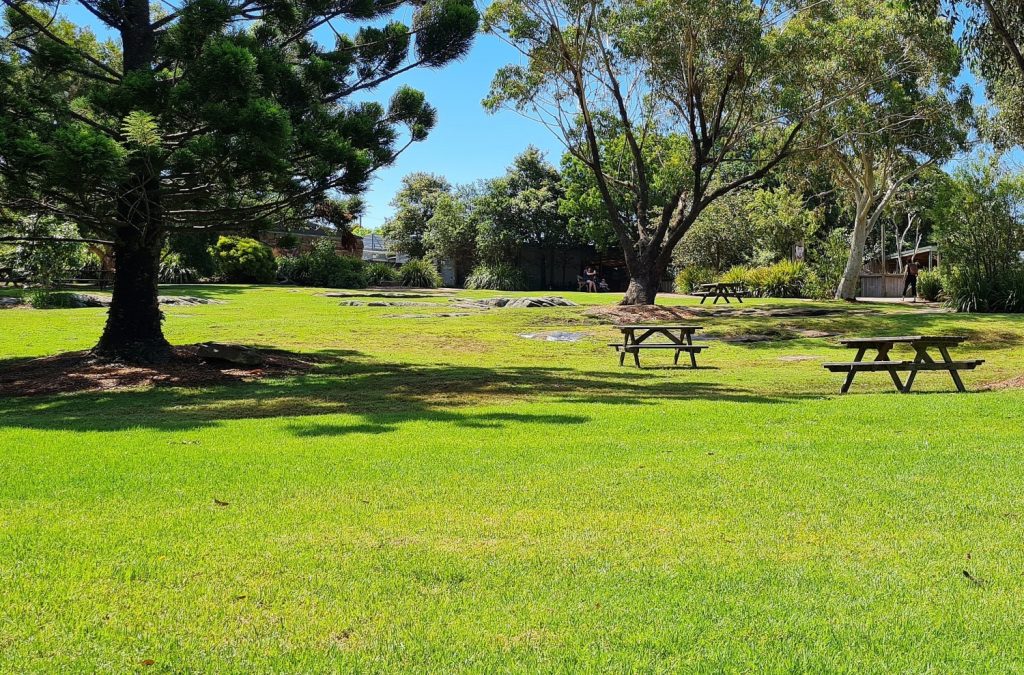
Nitrogen
Plants rely on photosynthesis for energy production. During this process, plants turn water, carbon dioxide, and sunlight into sugars that are necessary for the plant’s survival. Nitrogen is the number one most important mineral to plants because it assists in this process.
Nitrogen is present in every part of the plant, from the leaves and stems above ground to the roots below. This mineral promotes the production of chlorophyll, keeping plants lush and green. Without it, plants will show poor growth and turn yellow and brown over time.
All plants rely on nitrogen to some degree, but some plants need nitrogen more than others. Non-flowering plants, including grasses, evergreens, and leafy green vegetables like spinach, use more nitrogen than anything else because it’s so critical to producing healthy foliage.
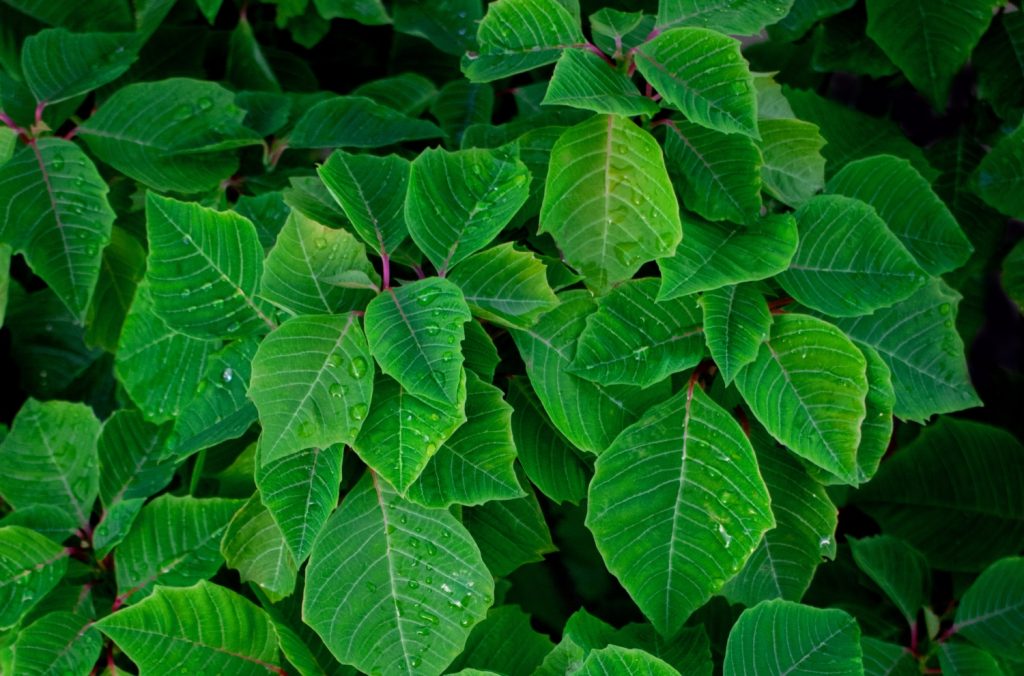
Phosphorus
Juvenile plants with low phosphorus often fail to mature. Tomatoes, for instance, rely on high amounts of phosphorus to grow. Tomato seedlings that don’t receive enough phosphorus will remain stunted, growing quite leggy in their seed pots, but never developing true leaves or showing any signs of maturing.
Phosphorus is necessary for cell division and tissue development. This mineral is present in deoxyribonucleic acid and ribonucleic acid, DNA, and RNA respectively. Without phosphorus, plants are unable to produce more of these critical proteins, and the result is that they simply can’t grow.
Flowering and fruiting plants tend to use the most phosphorus since it assists in growth and reproduction. Because 16-4-8 fertilizer has relatively low levels of this mineral, it’s not the best option for ornamentals like azaleas and hydrangeas, or fruit trees like lemons and limes.
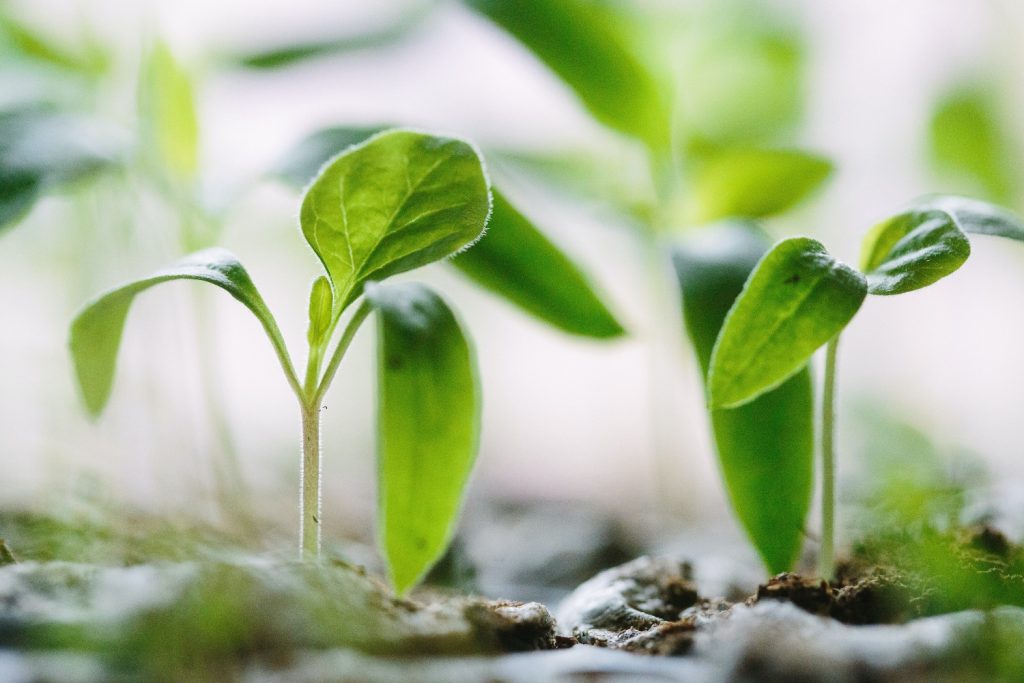
Potassium
Finally, we have potassium. Second only to nitrogen in importance, potassium enables plants to use the moisture that’s in the soil. It also helps plants regulate moisture loss by opening and closing the stomata on the undersides of the plant’s leaves. In this way, potassium is critical to improving a plant’s drought tolerance level.
Plants that are suffering from potassium deficiency will have burnt brown edges and will curl up under themselves. The oldest leaves of the plant near the top are the ones most likely to be affected. You’ll notice pale green and yellow leaves that are darker around the veins. Plants also tend to wilt more quickly than their peers when exposed to full sun.
Thanks to 16-4-8’s high nitrogen content and moderate potassium levels, this fertilizer is uniquely suited to evergreen trees and shrubs. Unlike deciduous trees, evergreens retain their leaves year-round, meaning they use more nitrogen and require more moisture than plants that go dormant over the winter. The boost of potassium that 16-4-8 fertilizer gives these plants helps see them through the cold months without suffering from excessive moisture loss.
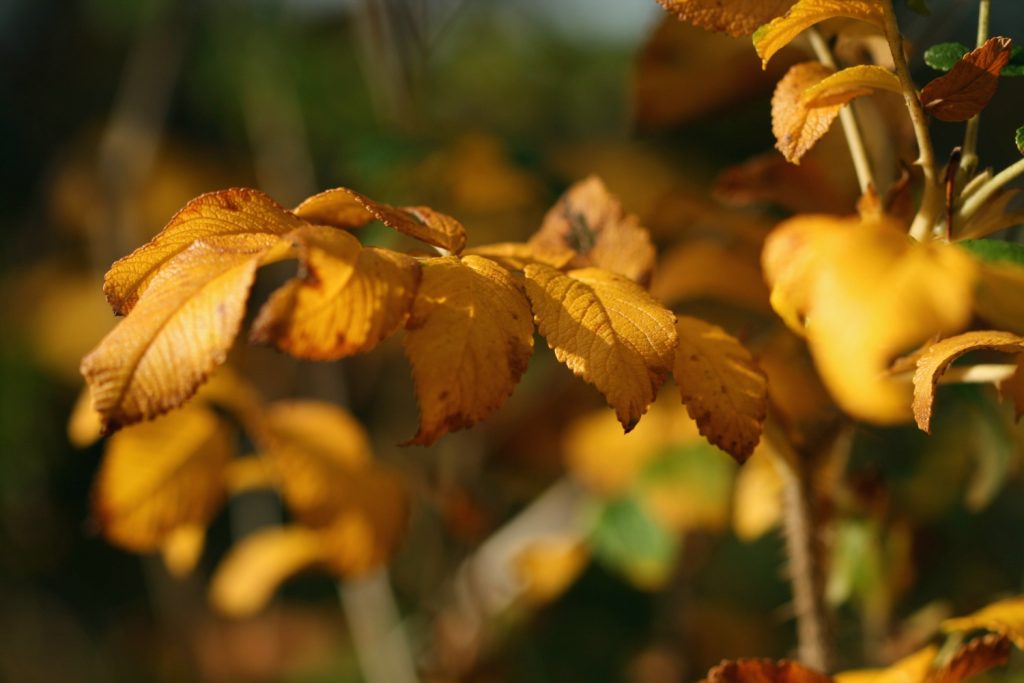
How can you tell if 16-4-8 fertilizer is right for your lawn?
There are so many different types of fertilizers out there, it can be tough to figure out which one to purchase. To determine which fertilizer will work best for your lawn, first do an at-home soil test. This will tell you your soil’s current N-P-K ratio so you can choose the right fertilizer.
The ideal N-P-K ratio for lawn soil is 8:2:5. A 16-4-8 fertilizer is double that ratio, with just a touch less potassium. Since its mineral percentages are nearly the perfect balance, 16-4-8 fertilizer promotes the correct soil ratio. But, because every lawn is different, only a soil test can tell you whether or not this fertilizer is appropriate for your lawn’s needs.
What are the different types of 16-4-8 fertilizers?
You can purchase 16-4-8 in different forms, and some forms are better suited to certain applications than others. Take a look at the following types of 16-4-8 fertilizers to determine which one will work best for your needs.
Powder fertilizer
Powder fertilizers are popular because they’re the cheapest option available. They also tend to be the easiest to find. These fertilizers are moisture-activated. Use a walk-behind broadcast spreader to apply the fertilizer evenly to your lawn at a rate of 6.25 pounds per 1,000 square feet. Be sure to apply the fertilizer on a dry afternoon. Spreading the fertilizer on damp grass will burn the blades.
Once you’ve spread the fertilizer, you’ll need to water your lawn well. Be careful not to overwater your grass after fertilizing, though, because too much water may cause the fertilizer to run off. And that not only wastes your money, but can also contaminate local water sources. Light watering is all that’s needed to help the fertilizer reach the soil.
Powder fertilizer acts fast. That’s another reason why it’s so popular. It’s perfect for feeding newly seeded lawns as well as lawns that are starting to sprout in spring after their winter dormancy. Unfortunately, it may not be the best choice for lawns that need long-lasting nutrition.
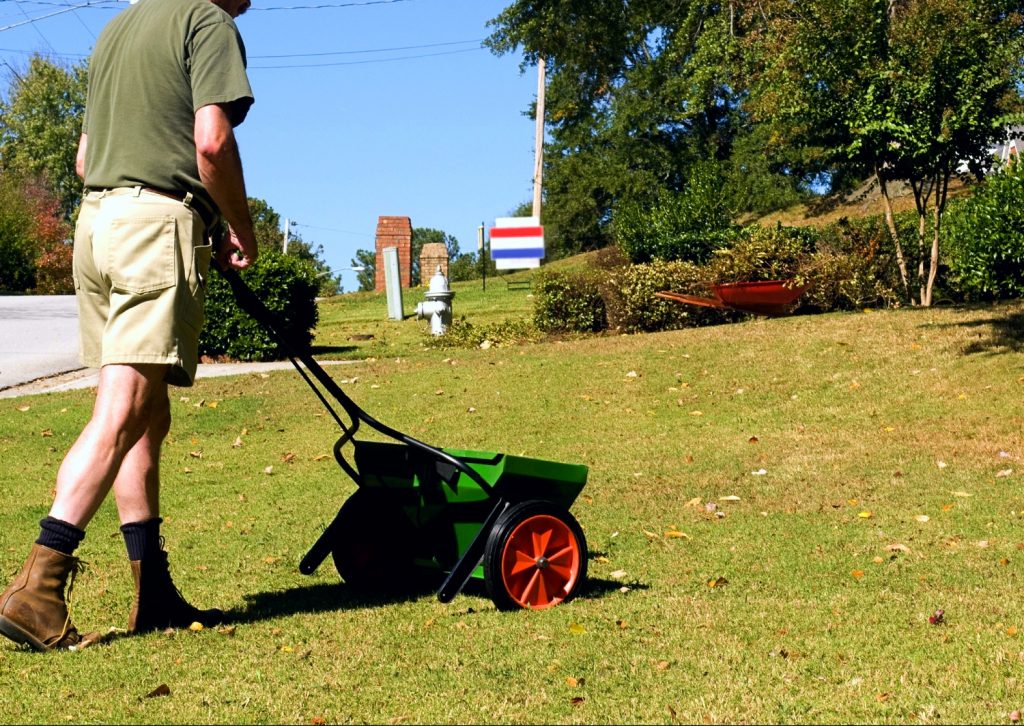
Liquid concentrate
You can purchase liquid concentrate 16-4-8 fertilizer to apply to your lawn using pump sprayers, like those used to spray insecticides. As is the case with powder fertilizers, liquid concentrates are fast-acting. If your lawn is showing signs of nitrogen or potassium deficiency and needs immediate help, a liquid concentrate is your best bet.
Simply follow the manufacturer’s instructions on the fertilizer’s label to determine how much liquid concentrate you need to use. Some liquid fertilizers come premixed, but others need to be diluted. Be sure to spray the fertilizer on a still day with no wind, so you don’t get any on your skin.
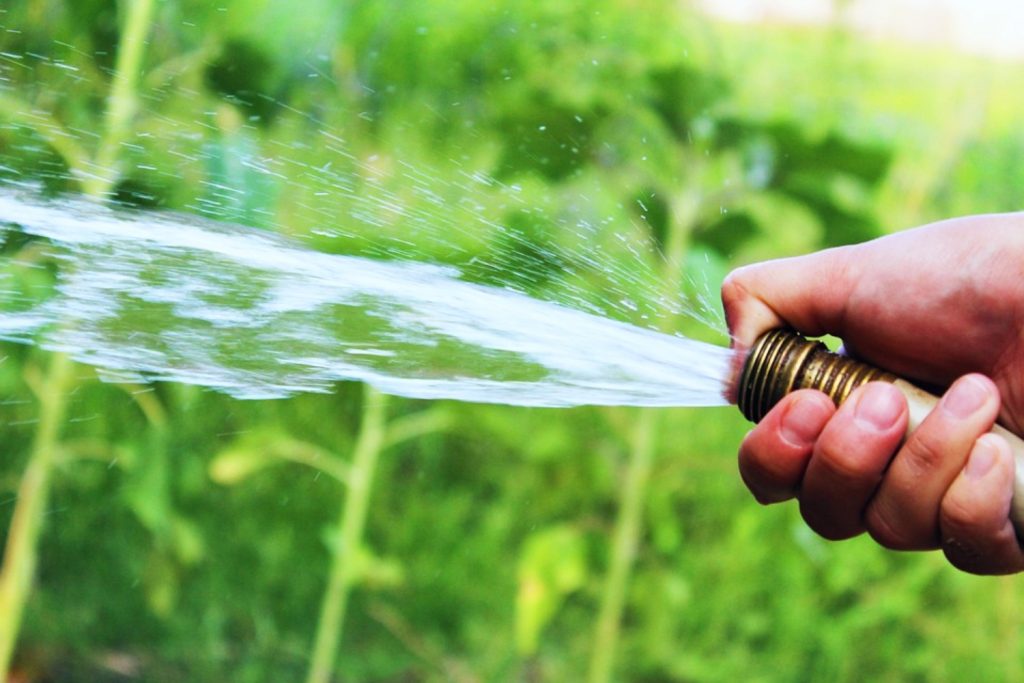
Fertilizer spikes
If you’re looking to fertilize a limited area — a couple of trees or a handful of plants in your flower beds, for example — then fertilizer spikes are the way to go. While this type of fertilizer can be pricey, it’s the easiest and most pet-safe option available.
Use a hammer to tap the fertilizer spike into the ground, then water the plant well. Fertilizer spikes release nutrients slowly as the microbes in the soil break them down. They work best for plants that are showing no signs of nutritional deficiencies, but that simply need an annual feeding.
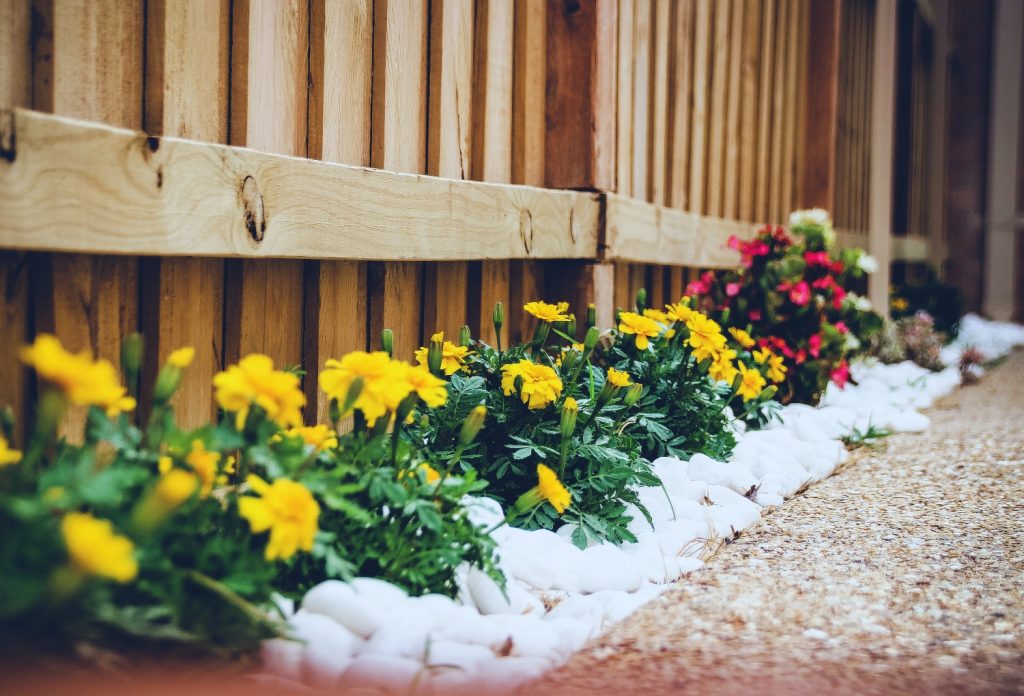
Slow-release granules
Slow-release granules are a cost-effective option that offers the best of both worlds. Slow-release 16-4-8 fertilizers will provide your lawn with lasting nutrition so it can stay lush and green all season long. They’re also very easy to apply. Simply spread them using a broadcast spreader, let them sit for 48 hours, then water them down to activate them.
Slow-release granule fertilizers can last anywhere from 30 to 90 days, depending on the manufacturer. Always read the fertilizer’s directions before applying to make sure you do it properly.
When and how should you use 16-4-8 fertilizer?
When and how you apply 16-4-8 fertilizer can mean the difference between life and death for your lawn and garden. Here’s how to use it to keep your plants happy and healthy.
Lawns
It’s best to fertilize your lawn in spring just as the grass starts to sprout up. This provides the turf with all of the minerals it needs to recover from winter. You should also fertilize your lawn anytime you reseed it, regardless of the time of year.
When grass wakes back up in the spring, its nitrogen needs to increase significantly. It needs the extra minerals to kick photosynthesis into high gear, and that extra shot of phosphorus and potassium helps it develop strong roots and all-around hardiness. So this is the ideal time to use a 16-4-8 fertilizer.
Unlike low-dose fertilizers, like 10-10-10, which need to be reapplied every 6 to 10 weeks, 16-4-8 fertilizer only needs to be spread once or twice a year. After the initial application in spring, wait until late summer to early fall before testing your soil again to determine whether or not a second application will be necessary.
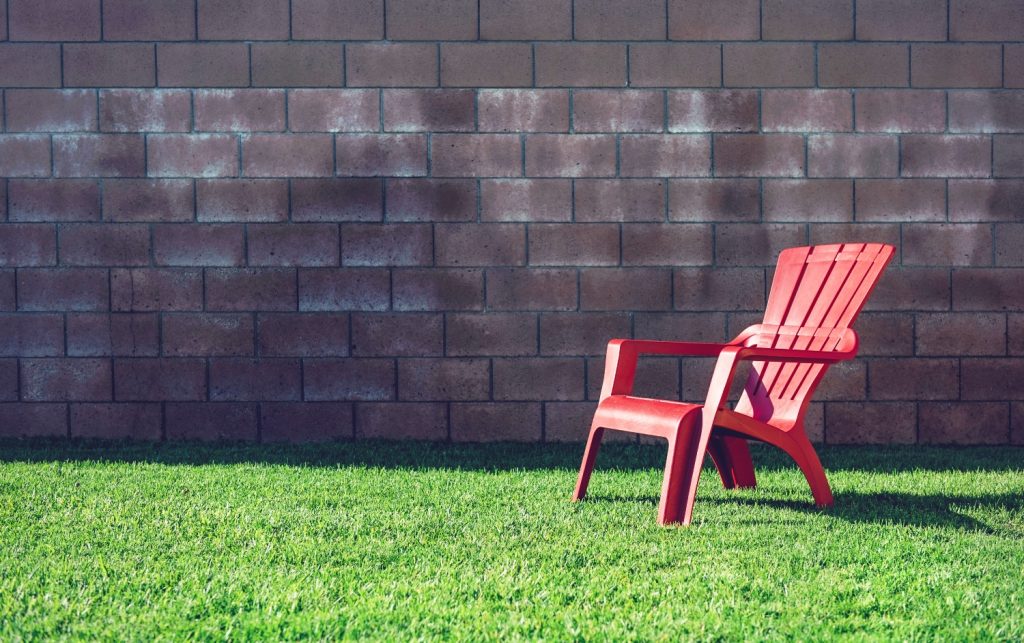
Trees
Flowerless trees and evergreens are among those most likely to benefit from 16-4-8 fertilizer. The extra nitrogen works overtime to help plants produce healthy green foliage. If your trees have been looking lackluster, with yellowed, anemic foliage, 16-4-8 fertilizer can help.
Fertilizer spikes come in handy when fertilizing trees. Just follow the manufacturer’s directions to determine how much fertilizer your trees will need. Because fertilizer spikes are long-lasting, they keep your trees looking vibrant longer than powder and liquid concentrates. You can fertilize your trees from spring to late summer, but avoid feeding them during their dormant period.
Although 16-4-8 is ideal for leafy green trees, it’s not great for flowering or fruiting trees. If you’re looking to fertilize citrus trees, apple trees, or ornamental trees like dogwoods, then something with less nitrogen and more phosphorus, like 10-30-20, would be better.
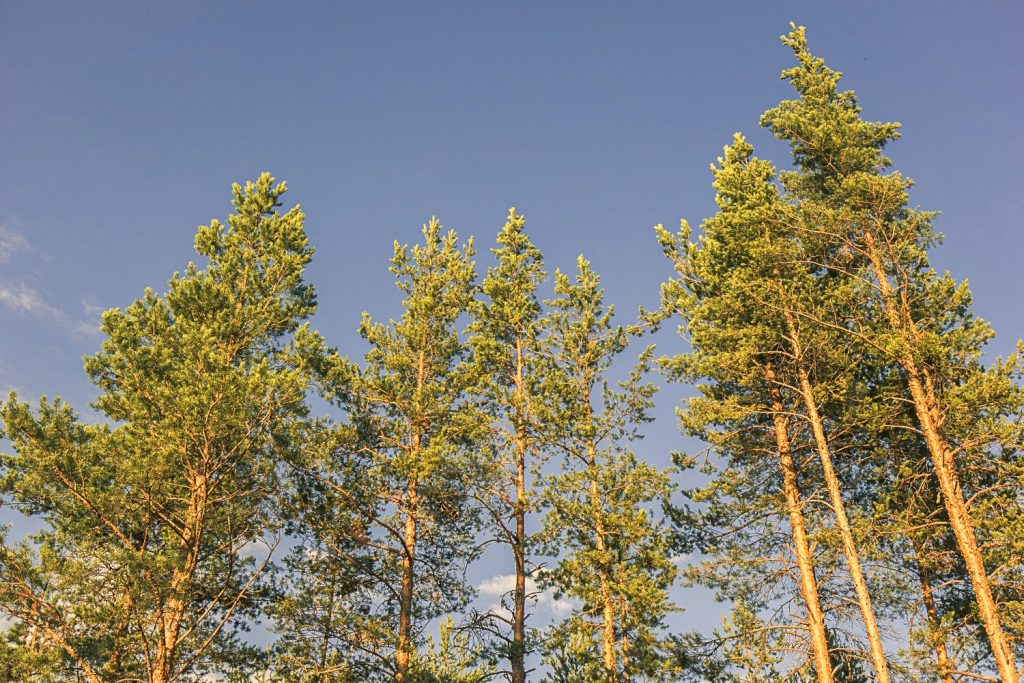
Flowers and shrubs
Again, because flowering plants rely so much on phosphorus to produce, giving them 16-4-8 may not give you the results you’re looking for. However, if you’ve tested the soil in your flower beds and determined that it’s low in nitrogen, then 16-4-8 can be used to bring levels back up.
As with lawns, it’s best to fertilize ornamental plants in spring. This provides them with extra nutrients as they come back from their winter dormancy. Use powder or slow-release granules, and work them into the soil surrounding your plants with a weed fork, being careful not to disturb the plant’s roots. Water the plants well after fertilizing to activate the nutrients.
Note: If your plants are showing signs of nutritional deficiencies, you’re better off treating them with a liquid concentrate. It’s much easier to spot-treat plants with a spray than with powder or granules.
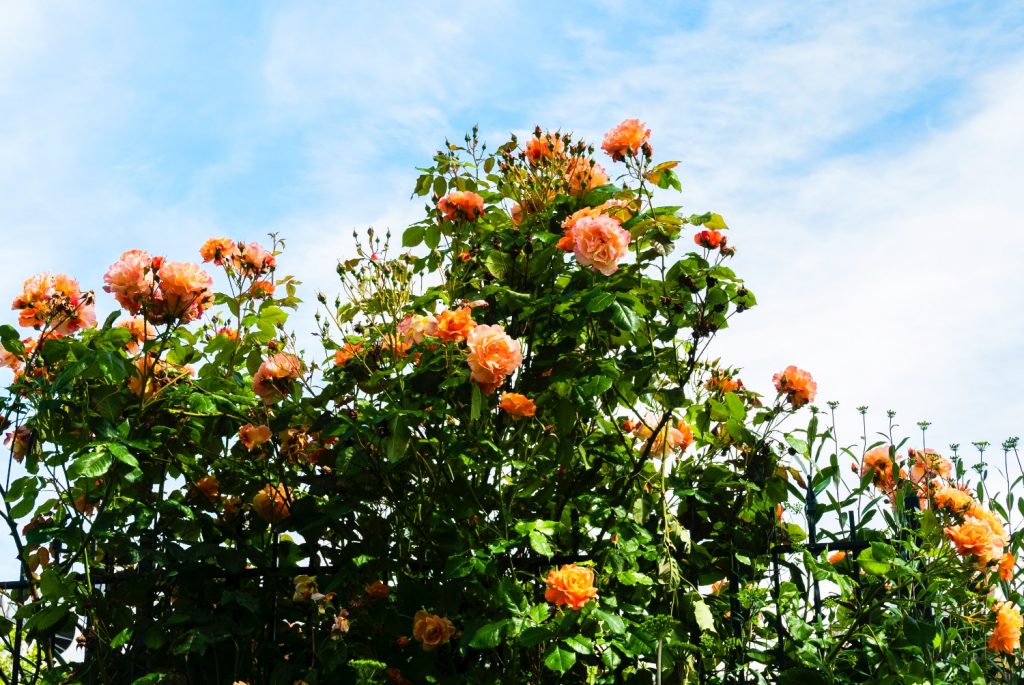
Vegetables
If you grow leafy green vegetables like bok choy, spinach, kale, lettuce, and arugula in your garden, then a 16-4-8 fertilizer is probably your best bet. The elevated nitrogen equips these plants with the building blocks they need to create plenty of healthy foliage.
You can use liquid concentrates to spot-treat your vegetables if they’re already in the garden. But laying out your garden and testing the soil ahead of time so you can amend it before you plant is much easier. Work slow-release granules into loose soil before transplanting to provide garden veggies with a steady supply of nitrogen throughout the season. Don’t forget to add more fertilizer to build the soil’s nutrient levels back up once your crops have been harvested.
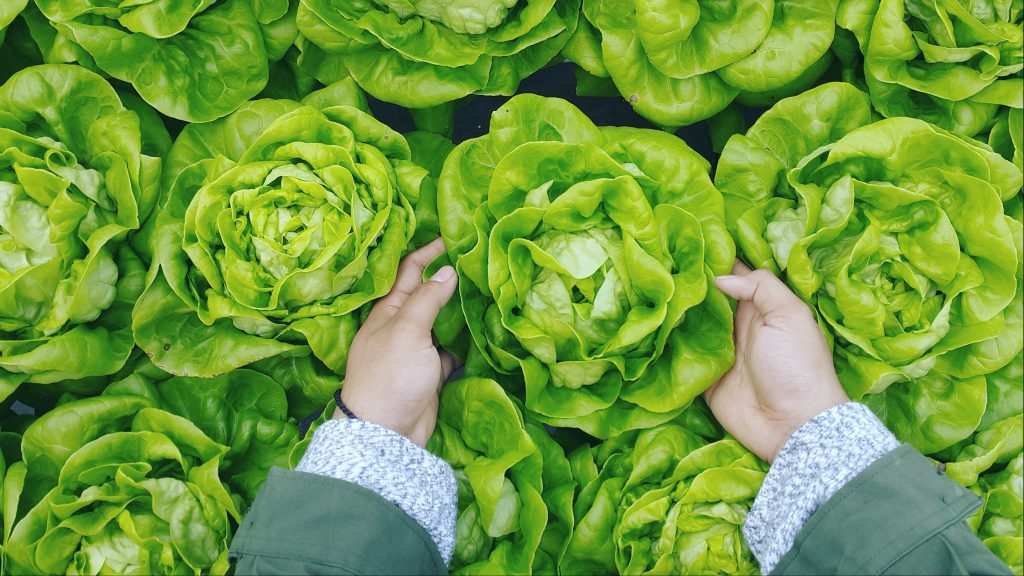
Is it possible to use too much 16-4-8 fertilizer?
Yes, it is, and doing so can burn your lawn. Excess nitrogen turns healthy foliage yellow and causes it to dry up. If you suspect your lawn is suffering from a nutritional imbalance, test your soil before trying to fix it. This will save you time, labor, and money.
Overall, 16-4-8 fertilizer is a fantastic nitrogen-rich plant food that improves foliage color quickly. Annual fertilizing makes maintaining your lawn much simpler because it provides the grass with everything it needs to take care of itself.
